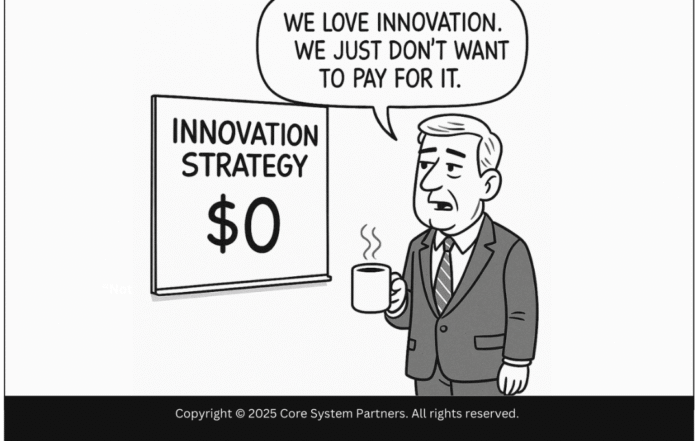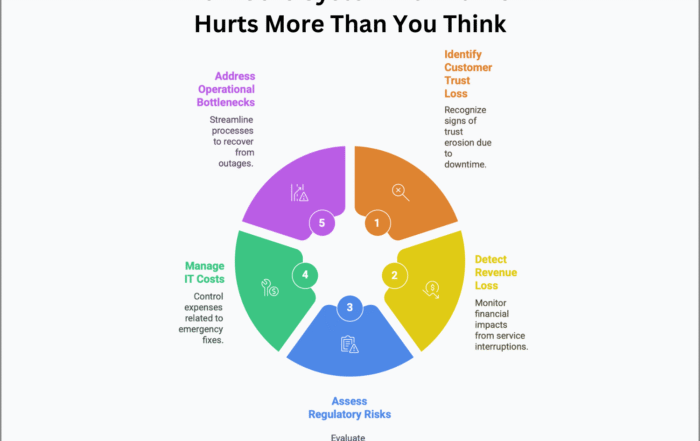Looking back at predictions from a decade ago dismissing the internet as a passing fad provides an insightful lens into how rapidly technological change can upend long-held assumptions. The 2014 article “Mastering the Art of Transformation” presciently highlighted the transformative potential of emerging technologies like cloud, analytics, mobile, and social platforms.
Today, these once-novel innovations have become core enablers driving strategic business reinvention across industries. As an IBM study revealed, 69% of companies are now either “pacesetters” or “challengers” capitalizing on cloud capabilities. Broader digital transformation has allowed businesses to:
- Innovate at startup speeds by leveraging agile, scalable technology platforms
- Break down organizational silos by democratizing access to data and collaboration tools
- Redefine customer relationships through seamless omnichannel experiences
- Boost operational efficiencies by automating processes and gaining rich analytics insights
In essence, mastering the convergence of these transformative technologies has become table stakes for competing effectively in today’s digital economy.
Key Pillars of Transformation
Mastery While the “what” of business transformation is now clear, the “how” of executing sustainable change remains an immense leadership challenge. Based on experiences across industries, masterful business transformation requires:
- A Transformation Mindset – An organizational culture embracing constant reinvention as an imperative, not a one-and-done project. Complacency is the enemy.
- Strategic Alignment – Ensuring technology investments map to specific strategic objectives and customer/employee experience goals, not haphazard lifts.
- Cross-Functional Collaboration – Breaking down insular silos to enable cohesive transformation planning and execution across the enterprise.
- Change Management Mastery – Proactive programs engaging employees, reskilling workforces, redesigning workflows, and achieving true adoption.
- Data-Driven Continuous Improvement – Leveraging metrics to measure transformation impacts, rapidly iterate, and inform the next innovation cycle.
Technologies will continue evolving at a dizzying pace, but these human-centric pillars for managing change remain constant requirements for any businesses aiming to become true transformation masters.
The Road Ahead
Whether pioneering newcomers or established corporations, organizations embracing digital transformation are positioning themselves for long-term leadership in their industries. Those still skeptical or delayed in their transformation journeys risk getting disrupted into obsolescence.
The road ahead will be arduous as new waves of innovations like AI, blockchain, IoT and more redefine possibilities yet again. However, companies cultivating an organizational mastery of managed evolution will be best equipped to boldly navigate this era of perpetual transformation.
Found this article interesting? Check out these three related reads for more.
- Core banking transformation with embedded analytics
- Data analytics for competitive advantage in banking – From legacy to leadership
- 10 reasons why core banking transformations are not just IT projects
#BusinessTransformation #DigitalBanking




